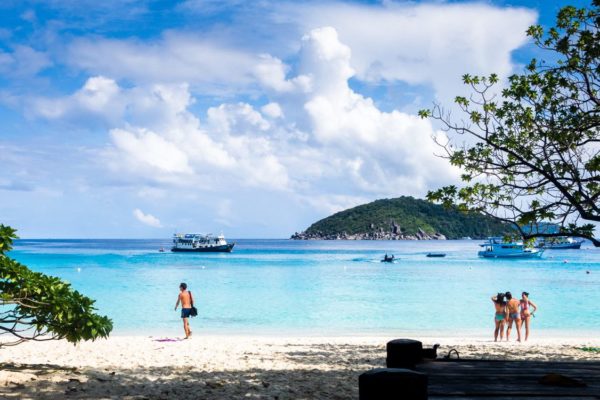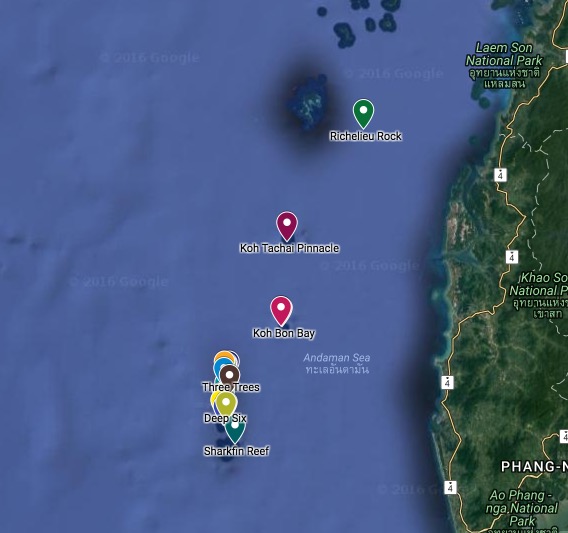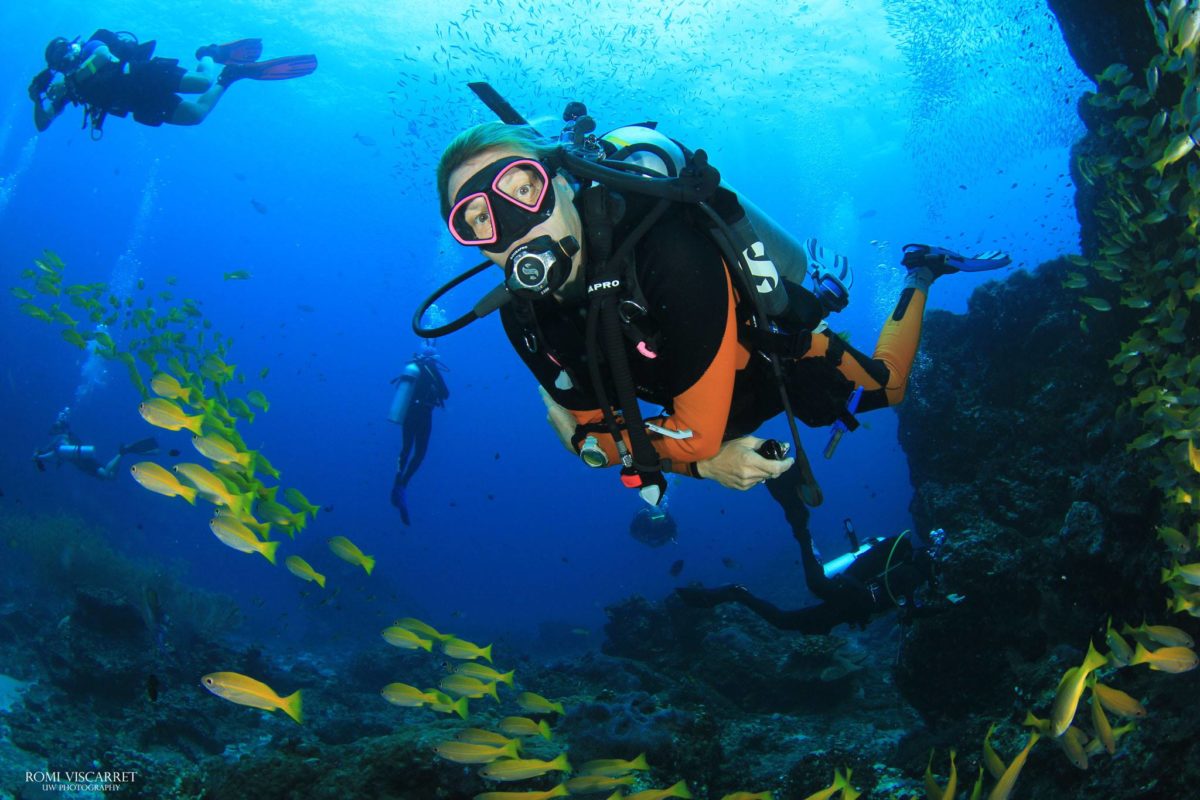Similan and Surin National Park Fees
everything you need to know

Similan IslandsNational Park

Surin IslandsNational Park

Koh Bon, Koh Tachai & Richelieu Rock
Whenever we enter the Similan or Surin National Parks we need to pay a fee. There is an entry fee that everyone pays, and then a daily fee for each diver. Snorkelers pay only the entry fee. The entry fee covers you until you leave the park, no matter how long or short a time that is.



